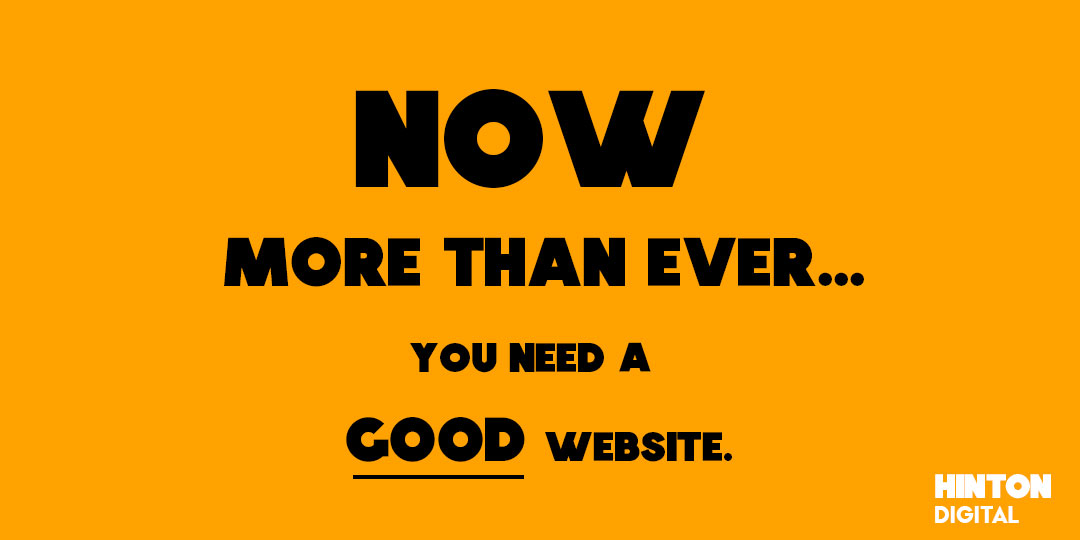We've compiled a list of 4 small business marketing essentials for 2022.
Snapshots of information for small business marketing to get you in the driver’s seat for 2022, and simplify the jargon into solid marketing strategies.

Paid Search
What is Paid Search?
Answer:
Paid Search is creating advertisements, and paying to display them on search engines like Google.
Here’s an example of what you might see when entering the keyword “lawn mowers Sydney“:
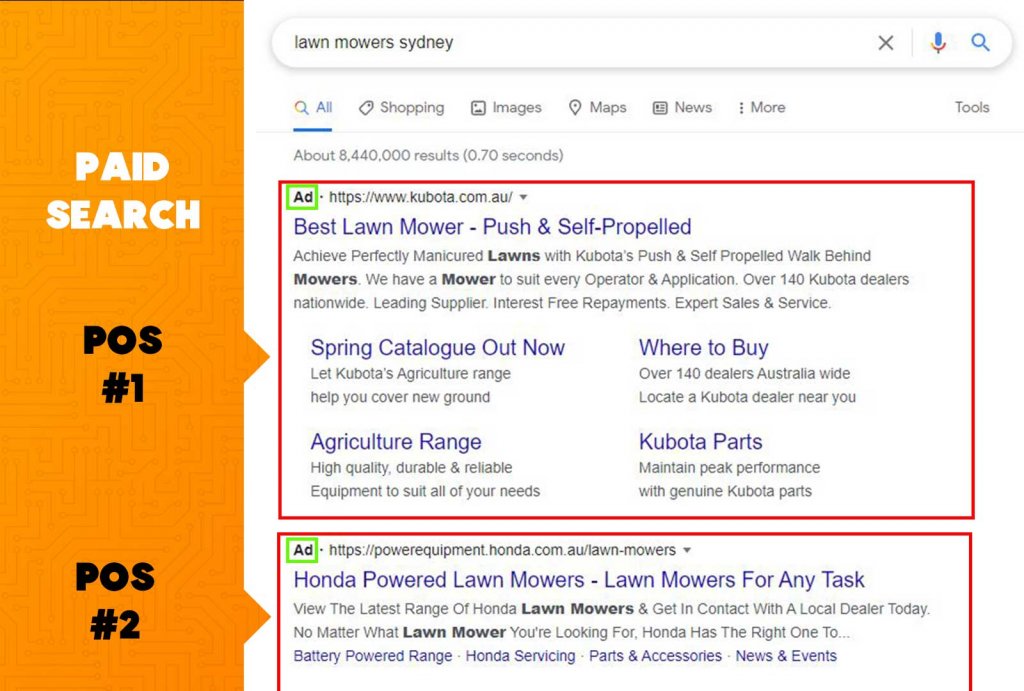
As you can see, Paid Search is paying to be shown at the top of the search results. This increases the chances of someone clicking through to your website. Be sure to match the users search intent by linking them to a relevant page, in this case a page that contains lawn mowers to purchase.
Is Paid Search worth it?
Answer:
Paid Search is only worth it if your advertisements are set up correctly. Poorly built ads will chew through your budget quickly and might totally miss your target audience. Paid search platforms like Google Ads and Facebook ads go very deep with lots of targeting options. If you want to give it a go yourself, try Facebook ads first. If you’re a business, you want a return on investment so employing a marketing agency to manage the ads for you is a less risky choice and their job is to make sure you have a high ROI (Return On Investment).
Will I get a return on my investment?
Answer:
Most of the time (depending on the ad campaign setup). Paid Search platforms are designed to generate income for the people investing in them. If you spent $100 on Paid Search and got $200 in return, it would make sense to keep investing right? But the trick is to set up your campaign correctly at the start to receive a positive ROI.
Does Paid Search really work?
Answer:
Absolutely, Paid Search platforms such as Google, Facebook and Bing have complicated algorithms to show your ads to relevant people at the right time. These paid search platforms want you to keep coming back. It’s up to you or your marketing agency to tweak the ads to run effectively.
In a nutshell, Paid Search is a great way to show your products or services to an engaged audience above the big players organically ranking #1 on the SERP (Search Engine Results Page).
Using Paid Search historically increases sales and leads.
What are the different types of Paid Search?
The different types of Paid Search include Google Ads, Facebook ads, Instagram Ads, LinkedIn Ads, Bing Ads and more.
Google Ads
Facebook Ads
Instagram Ads
LinkedIn Ads
Bing Ads
And More!
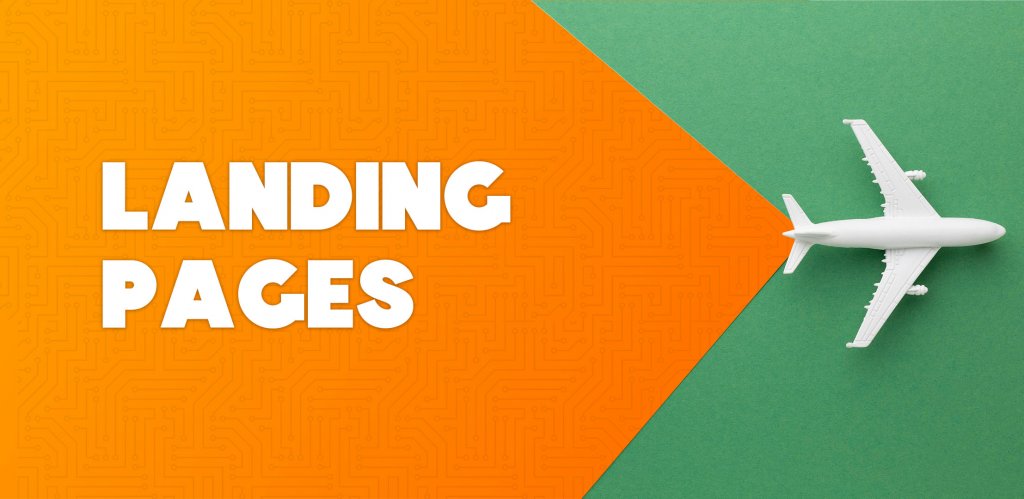
Landing pages
What are landing pages?
Answer: A landing page is a destination or page on the web that a user will land once clicking a link.
This page should contain information relevant to what the user clicked for. This is matching the users ‘search intent’.
For example, if the user clicks a link for ‘red shoes’, the landing page should show information for red shoes. This should include further details such as pricing, instructions, and an opportunity to purchase.
An example of a bad landing page is taking the user to the “all shoes” section on the website rather than to “red shoes”. The user clearly wants to look at red shoes, so matching their search intent by linking them to the red shoes page is important.
Are landing pages necessary?
Answer:
Landing pages are necessary if you want the viewer to engage with your content such as filling out a contact form, or calling you to book an appointment, or to make a purchase.
What is the difference between a Landing Page and a Website Page?
Answer:
Technically every page you land on (load into) is a Landing Page. But in most cases, marketers are referring to a web page with structured information to strategically guide the viewer to an objective (sign up, purchase, call). These landing pages are mostly used in conjunction with paid ads such as Google Ads, Facebook ads etc.
What does a good Landing Page include?
Answer:
A good Landing Page includes relevant information that fulfills the user’s search intent.
The example below is our AutoPilot subscription promotion. The link the user clicks from our ad will take them to the landing page below.
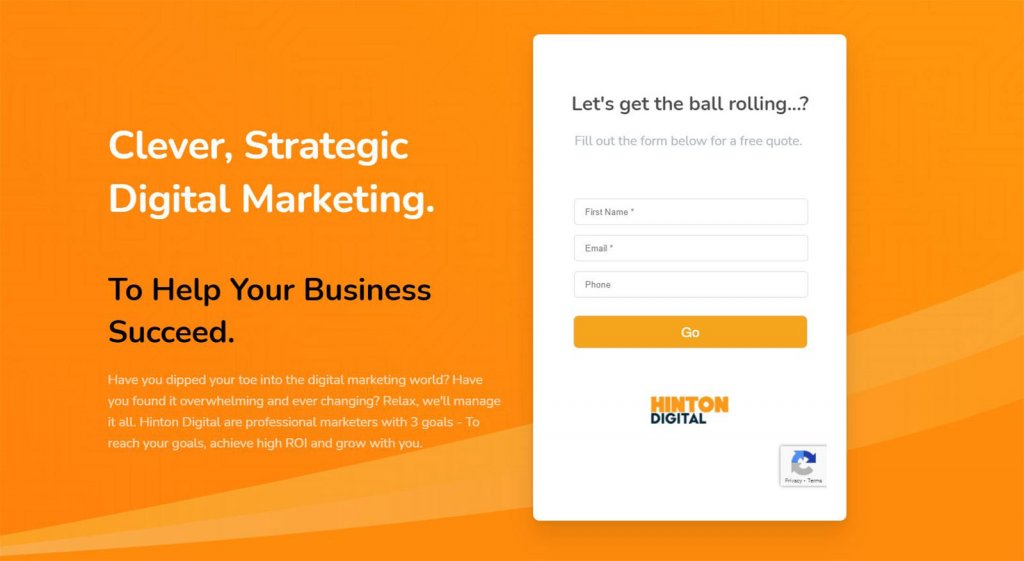
Now, let’s break things down…
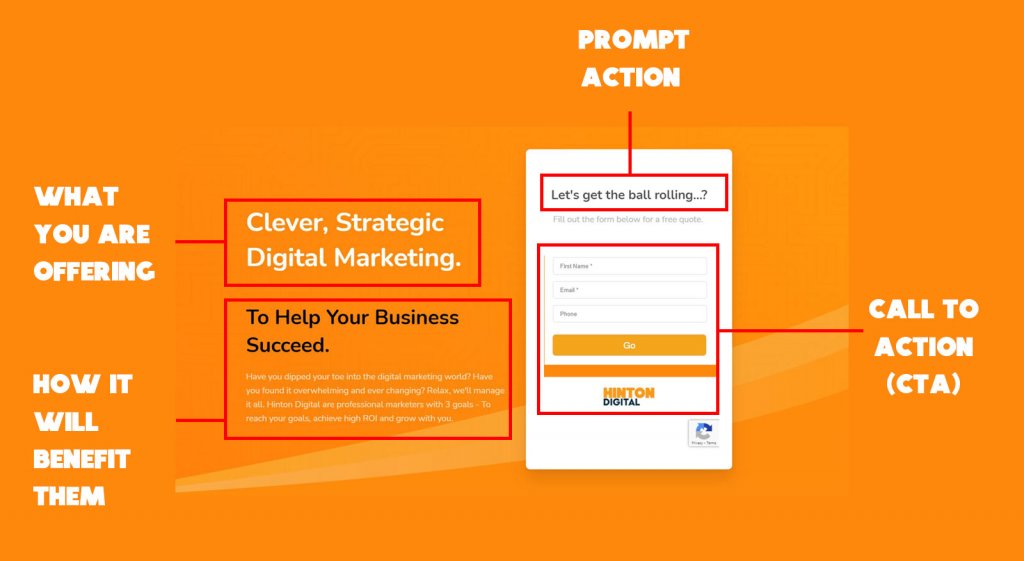
- Be clear with what you’re offering. In our case we are offering a service, so the first few words should include the objective and outcome with persuasive and engaging wording.
- Tell them what they will gain? Give then a reason to get in contact and submit their information. Can you give any guarantees? This is your chance to sell.
- Prompt the action. You want the user to submit information or purchase. Following your sales pitch, include some energetic wording to prompt the user to enter their information. When information is submitted, you can add them to your CRM/sales pipeline and follow up with them.
- CTA (Call to Action). This is the area where you collect information that you need from the user. Try not to add too many fields as the user may get frustrated/confused and click out. The essentials here are name, email, mobile and message.
Here are a couple of elements a Landing Page should include:
- How it works;
- How to get in touch;
- Testimonials;
- Trust triggers (e.g awards, ‘featured in’);
- FAQ’s;
- Multiple CTAs (Call to Action opportunities) for the lead to contact you such as a contact form, buttons to connect with contact pages, buttons to call directly; and,
- Eye-catching, emotionally driven imagery & more.
Structure your information to take them on an informative journey so they are confident in your product or services.
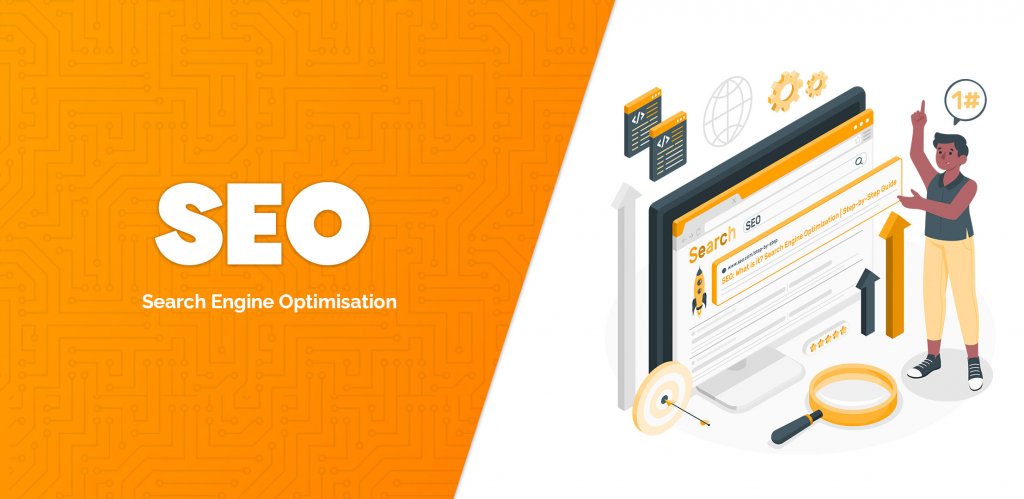
SEO
What is SEO?
Answer:
SEO is Search Engine Optimisation.
Simply put: SEO uses keywords and strategies to rank higher than your competitors on the Search Engine Results Page (or SERP).
SEO goes very deep and is a critical function for any business website to show up in the Search Engine Results Page (like Google). Search engine optimisation is an ongoing process to address frequent algorithmic changes.
What are keywords?
Answer: Customers searching the web tend to use similar words to find products or services like yours – these are keywords.

Why is SEO important?
Today I’m sure you searched for something on the internet using a keyword, producing a page showing you all kinds of websites to give you the solution you searched for.
Well, did you click on the first few results? I bet you didn’t click page 2?
Search Engine Optimization optimizes your website to appear to users when they search for a keyword. The goal of SEO is to get your website within the first few listings, or at least the first page. If your website is on the second, third or fourth page, I’m sorry to say, but you’re not going to get much traffic. To conclude SEO is crucial to getting valuable traffic to your website which in turn will result in higher exposure, increased sales/leads and domain authority.
How will SEO help my business?
By building up your SEO over time, you will increase your Domain Authority score (DA) which is what big guys like Google use to validate your website. The higher the domain authority, the higher you will rank in the Search Engine Results Page (SERP)
When you are ranking well for relevant keywords, you’ll most likely see an increase in website traffic resulting in more inquiries, leads and sales.
Is SEO worth the time and money?
Putting in the hard yards does pay off. By link building, keyword optimization and technical SEO you’ll decrease your ad spend because you’re already getting a steady flow of organic traffic. You’ll also increase the lead quality.
SEO is an Ongoing Process.
Search Engine Optimization is an ongoing process. Although there are basic SEO methods that can boost your online presence, a one-off SEO fix won’t do the trick. Search engines are searching for digital "food" as relevant content like blogs, and backlinks. Their appetite (algorithm) is constantly changing without much notice. This is why many businesses throw their hands up and hire a digital marketing agency to handle it for them.
SEO trends going into 2022 that you need to know.
AI learning is getting smarter and will affect your SEO.
Use long-tail keywords to trigger voice assistant searches.
Image Optimization is key for SEO.
Local SEO is evolving rapidly.
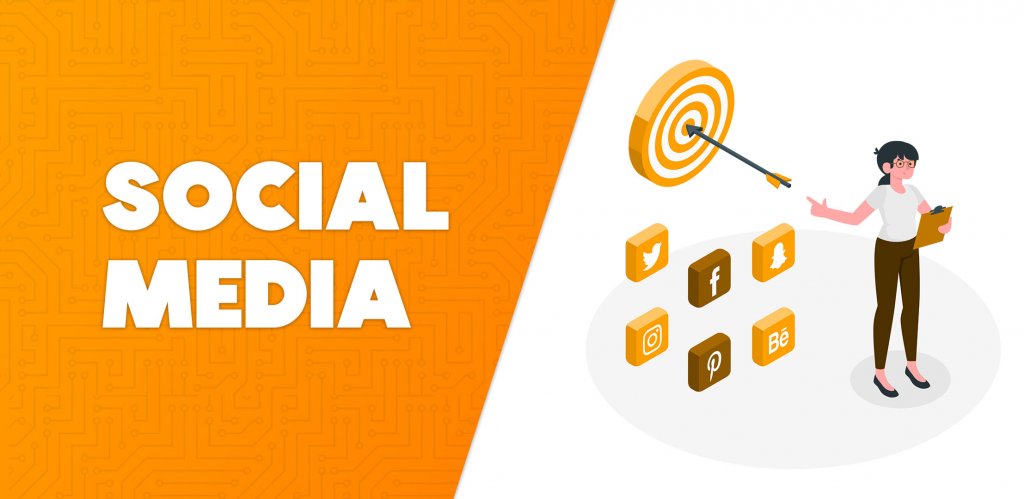
Social Media
Build trust, build brand image and humanize your brand.
Your audience is probably on social media. You have an opportunity to get in front of your customers on a personal level. With 70 percent of users logging into their social account once per day (according to a 2021 study by Pew Research ), there is a massive opportunity for your business to be in front of an engaged audience.
Here are some reasons you should UP your social media game in 2022:
Be on your customers' minds:
By taking the time to ‘bulk create’ a social media schedule of posts on a regular basis, your brand is crossing the minds of your audience consciously or subconsciously. When it’s time to make a purchase decision, chances are they will think of you.
The key thing here is to create content that is engaging, useful, and answers their ‘pain points’. Content like this grows a loyal audience.
Increase your web traffic through social media posts.
Use social media to its fullest potential by adding URLs linked to useful information on your website. Maybe you’ve just finished a blog and want to promote it? Create a compelling image and post it on social media with a teaser description to encourage users to click the “read full article” tab. This will boost your website traffic and who knows where else they will click… your online shop?
Promote your products.
Using Facebook and Instagram’s product features, you can tag your products in the picture and link them to your online store.


(Mobile) By holding your finger on the image it will bring up the products displayed and the option to visit the website to purchase.
Promoting your products in situ can visually encourage your customers to consider the product in their environment.
Manage Brand Reputation.
Word spreads quickly on social media and rather than let the wrong message circulate, you sometimes have the opportunity to diplomatically correct the information before it gets out of hand.
Broadcast important messages to your customers.
Encourage your customer base to follow you on social media. Doing so means you can broadcast important messages such as special holiday trading hours, discounts, and offers.
Besides, having your customer base on social media is a privilege. They want to know more about you, so snap some shots of your internal operations. They want to see the ins and outs of your business! Doing this will humanize your brand.
Humanize your brand.
If your customers are following you, chances are they are following because they don’t want to miss a deal or genuinely are interested in your business, so show them your ‘human’ side.
A way to humanize your brand is by sharing pics of your experiences on the job, maybe the employees office party birthday cake!
Show them your point of view through the use of stories. These short videos are more raw, uncut snapshots that will display in front of your followers. When your stories are regularly displayed in the customers’ feed, your brand is subconsciously being remembered.




